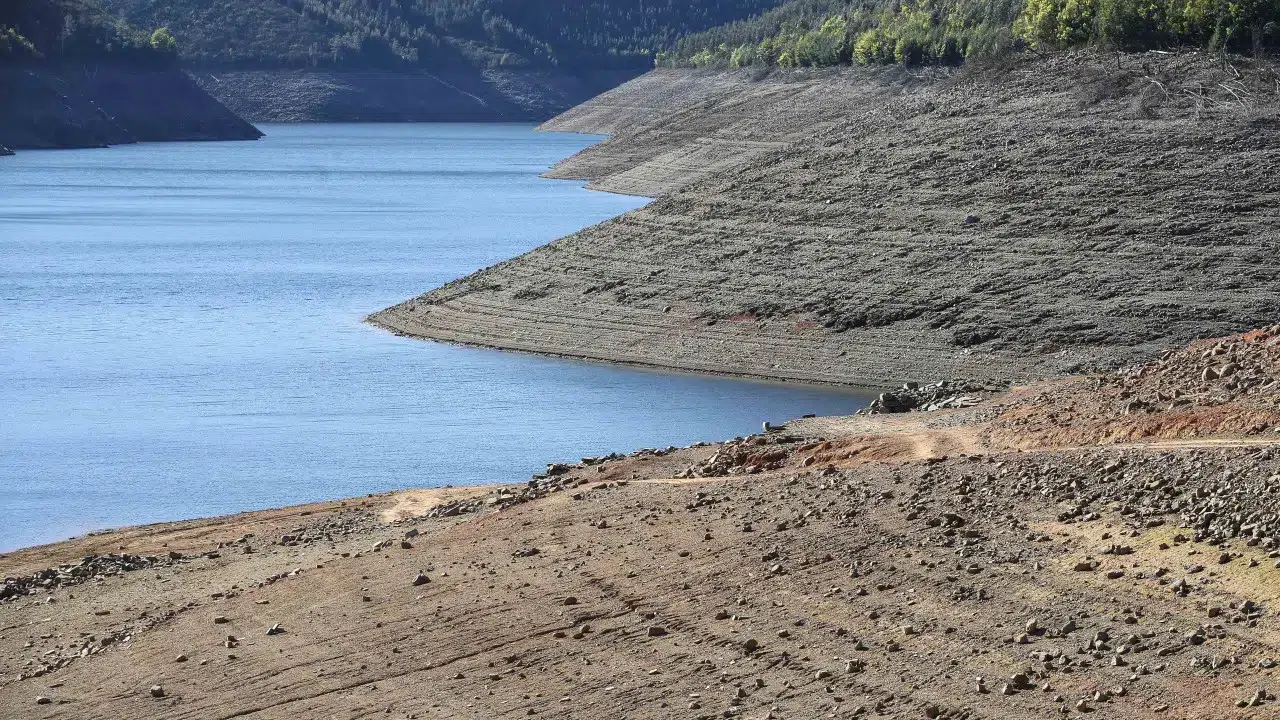
This decision is an important acknowledgment of the legitimate concerns of the region and its population, who have been warning about the severe environmental and socioeconomic impacts such infrastructure would entail, stated the Intermunicipal Community (CIM) in a Facebook post, deeming this decision a “victory for the territory.”
In the same post, the Region of Leiria expressed hope that “this stance will be maintained and reinforced with the definitive cancellation of the project,” ensuring the environmental protection of the Cabril ecosystem and the safety and well-being of local populations.
“The defense of the territory and sustainability won this stage. We will remain vigilant and mobilized,” the CIM assured.
The floating photovoltaic plant project at the Cabril reservoir envisions 82,368 solar panels, according to the environmental impact study available on the participa.pt platform.
“The Cabril floating photovoltaic plant project will have a connection power of 47.77 MWp [megawatt-peak] generated in 82,368 solar panels, each capable of producing a peak power of 580 Wp and occupying a total panel area of 33.97 hectares,” reveals the non-technical summary of the study.
The megawatt-peak unit corresponds to the maximum power of a set of solar panels under standard conditions, that is, solar radiation of 1,000 watts/m2 and 25 degrees Celsius.
The document further states that “the expected annual electricity production will reach” approximately 73,799 megawatt-hours, with the generated energy being injected into the Public Electric Service Network.
The plant, a project by Voltalia, which won the floating solar auction for Cabril, is planned for the territories of Pedrógão Grande (Leiria district), Pampilhosa da Serra (Coimbra), and Sertã (Castelo Branco).
With the two associated overhead power lines (one 3.44 kilometers and the other 21.21 kilometers), the project also extends to the municipalities of Castanheira de Pera and Figueiró dos Vinhos (Leiria), and Penela (Coimbra).
In April 2022, following the government auction for the exploitation of 263 megawatts of solar energy in seven dams across the country, the Cabril lot was awarded to Voltalia.
At that time, Voltalia explained in a press release that the installed capacity of the plant “will be between 33 MW and 40 MW, depending on the final project optimization.”
“Covering 33 hectares, the plant will supply green energy equivalent to the consumption of 70,300 residents,” clarified the company, noting the expectation that “the project will be commissioned by 2026.”
As for revenues, “they will be supported by a 15-year contract awarded by the Ministry of Environment and Climate Action, providing for a price of 41,025 euros per megawatt-hour,” stated the company.
In April, the intermunicipal communities of the Region of Leiria, Region of Coimbra, and Beira Baixa requested the cancellation of this project.
“The cancellation of the project should be immediately determined, ensuring environmental protection and local population safety, with the appropriate legal consequences for the concessionaire company and the involved decision-making bodies,” sustained the three regions.
A month earlier, this position had already been adopted by the Region of Leiria and was later endorsed by the Regions of Coimbra and Beira Baixa, with the three CIM arguing that, “given the identified environmental, socioeconomic, and legal impacts, it becomes imperative” that the Portuguese Environment Agency and other public entities “reconsider the decision.”




